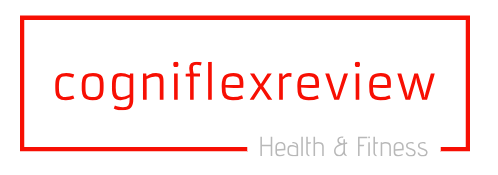Mastering Full Body Squats: Unlocking Strength and Power
Understanding the Full Body Squat Exercise
The full body squat exercise is a fundamental movement that engages multiple muscle groups simultaneously. Unlike isolated exercises, such as bicep curls or leg extensions, the full body squat targets the legs, glutes, core, and even upper body muscles like the shoulders and back. It’s a compound movement that delivers maximum bang for your buck in terms of muscle activation and calorie burn.
The Science Behind Full Body Squats
The effectiveness of full body squats lies in their ability to recruit large muscle groups and promote functional strength. When performed correctly, squats engage the quadriceps, hamstrings, glutes, and calves, while also challenging the core muscles to stabilize the body. Additionally, the movement pattern of squats mimics everyday activities like sitting and standing, making it a practical exercise for improving daily mobility and functionality.
Benefits of Full Body Squat Workouts
There are numerous benefits to incorporating full body squats into your workout routine. First and foremost, they build lower body strength and muscle mass, leading to improved athletic performance and aesthetics. Additionally, squats are a functional movement that can enhance overall mobility and joint health. They also have a high metabolic cost, meaning they burn a significant amount of calories and can aid in weight loss or maintenance efforts.
Proper Form and Technique
To reap the full benefits of full body squats and prevent injury, proper form and technique are essential. Begin by standing with your feet shoulder-width apart, toes slightly turned out. Keep your chest up, shoulders back, and core engaged as you initiate the movement by bending at the hips and knees, lowering your body toward the ground. Descend until your thighs are parallel to the floor, then push through your heels to return to the starting position. Maintain a neutral spine throughout the movement, and avoid letting your knees collapse inward or shifting your weight onto your toes.
Variations and Progressions
One of the great things about full body squats is their versatility. There are countless variations and progressions that can be used to tailor the exercise to individual fitness levels and goals. Beginners may start with bodyweight squats or assisted variations using a stability ball or resistance bands. As strength improves, you can gradually increase the resistance by adding weight in the form of dumbbells, barbells, or kettlebells. Other advanced variations include pistol squats, jump squats, and Bulgarian split squats, which provide additional challenges and target different muscle groups.
Incorporating Full Body Squats Into Your Routine
Whether you’re a seasoned lifter or just starting out, full body squats should be a staple in your workout routine. Aim to include them in your lower body training sessions at least twice a week, allowing for adequate rest and recovery between workouts. Start with a weight that allows you to perform 3-4 sets of 8-12 repetitions with good form, and gradually increase the weight as you get stronger. Remember to warm up properly before squatting and listen to your body, adjusting the intensity as needed to avoid overtraining or injury.
Conclusion Read more about full body squat



